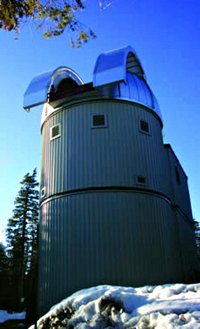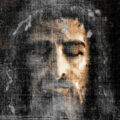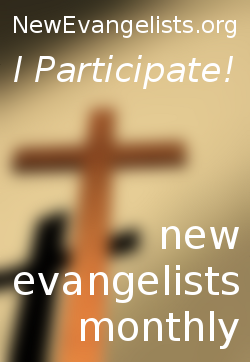
Nothing could be further from the facts. Catholics love truth, science reveals truth – ergo, Catholics love science! It is through science that we explore the beauty and richness of God’s ordered and intelligible creation. Science and Catholicism are completely compatible without qualification.
Those without faith will tell you that “the right to look through telescopes and speculate about the result was obstructed by the Church.” Let’s just say that the truth is not in them. J. L. Heilbron (former professor and vice chancellor of UC Berkeley) notes “the Roman Catholic Church gave more financial aid and social support to the study of astronomy for over six centuries, from the recovery of ancient learning during the late Middle Ages into the Enlightenment, than any other, and, probably, all other, institutions.”
You might be surprised who proposed the theory of the expanding universe (the “big bang”), Hubble’s law and the first estimation of the Hubble constant. It was NOT Edwin Hubble! In fact, it was Georges Lemaître. That is, Monsignor Georges Henri Joseph Édouard Lemaître – a Catholic priest, astronomer and professor of physics at the Catholic University of Leuven.
At this point I had intended to include a list of famous Catholic scientists. Since such a list would be immense, I was thinking a more manageable list would be only Catholic scientists who were priests – similar to Monsignor Lemaître mentioned above. Most people would likely assume such a list to be tiny. Alas, even Wikipedia lists 236 priests who “have made significant contributions to science“.
Of course, there was the Galileo incident – commonly misreported by secularists, anti-Catholics and others against the Church. Even in their misreporting, one can see that the Church and science were not separate. In a nutshell, the issue the Church had with Galileo was that he published as fact that which, at the time (and for many decades later), was an unproven theory. Modern scientists do not accept such behavior either. Galileo also did not win any friends when he jumped far outside of his area of competence to lecture Church authorities publicly on the true meaning of Holy Scripture. To learn more, see this and this.
We still build observatories. Our roots here go back to Pope Gregory XIII in 1582, ultimately resulting in the Observatory of the Roman College (1774), the Observatory of the Capitol (1827) and the Vatican Observatory (1789, refounded 1891 by Pope Leo XIII). In subsequent years more were built, including the Vatican Advanced Technology Telescope (VATT) in Arizona in 1993.
Much of my focus above was on astronomy. The Church has been just as involved in every other field be it physics, chemistry, mathematics, medicine and other scientific disciplines.
BTW, guess who invented the University System? It wasn’t the Greeks or Romans, Eastern mystics or even mathematically literate Arabs. It most certainly wasn’t atheists. It was the Catholic Church from centuries before the Renaissance the Catholic Church has built and operated universities throughout the world. Most major universities trace their roots to the Church.
An excellent source of additional information is Thomas Woods’ How The Catholic Church Built Western Civilization. Online, two extensive archives on the Church in science are at the Catholic Education Resource Center and at Catholic Answers. Numerous, well-researched, detailed articles are available from both.



























Share Your Thoughts